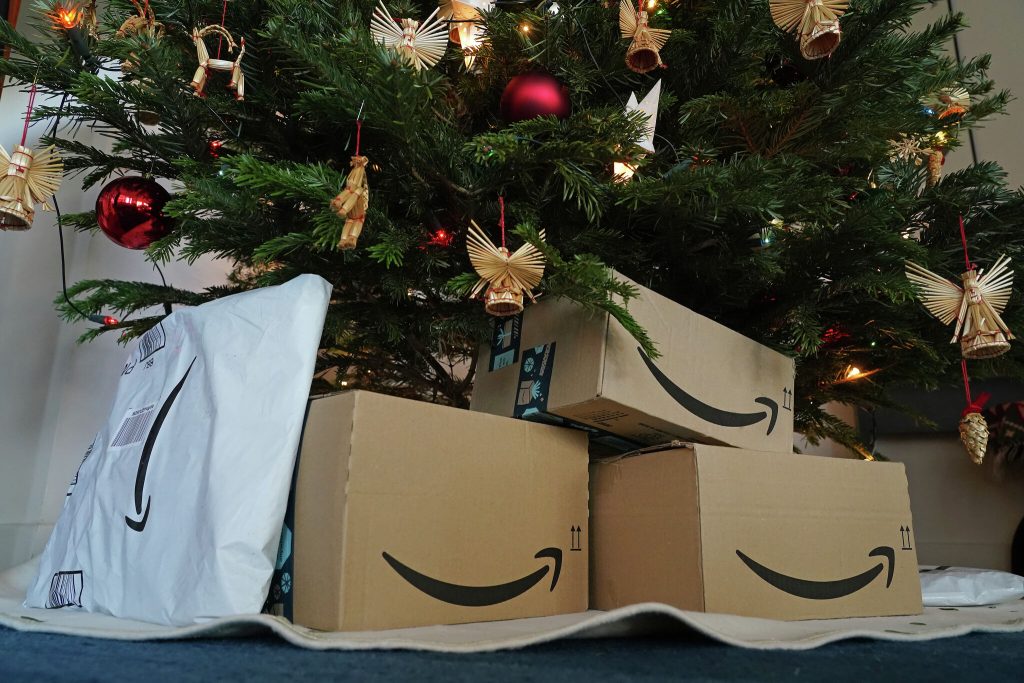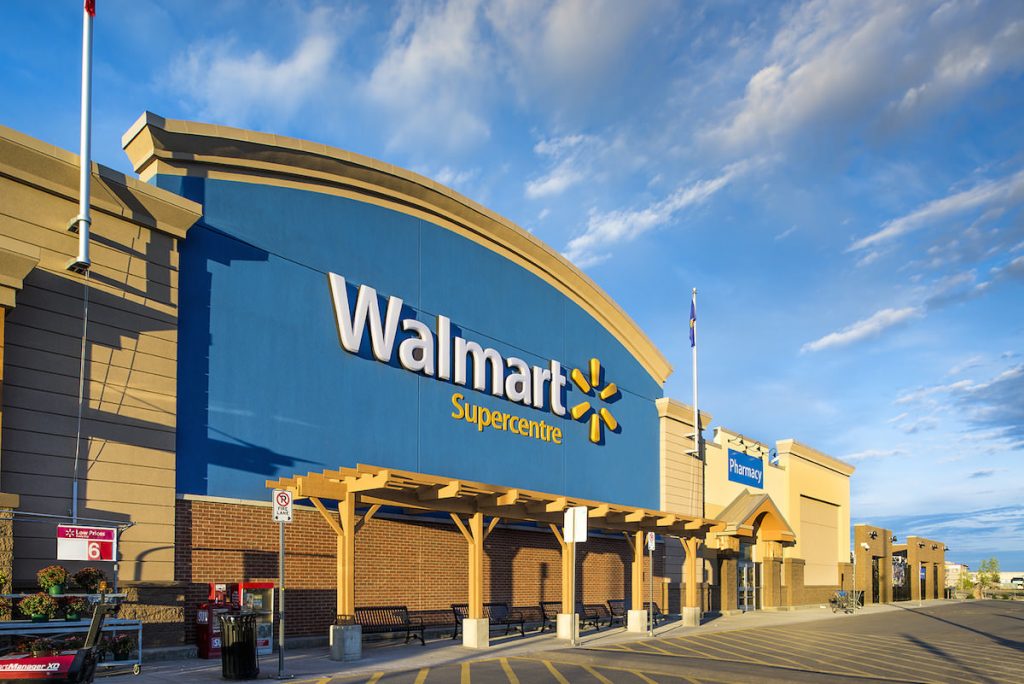
Disney announced the launch of a beta program for its first shoppable ads. Consumers will be able to make purchases through the new Gateway Shop in Hulu while maintaining their viewing experience, according to Disney’s press release.
According to Jamie Power, senior vice president of addressable sales at Disney Advertising, with the most scale in streaming and the strongest audience signal through the company’s foundational data and ad tech stack, Disney is uniquely enabled to power dynamic ad experiences that connect consumer interest and intent to the purchase — straight from the stream.
Viewers will see personalized advertisements for products that are sent to phones through push notifications or email. Over the next few months, Disney will grow the interactive shopping features in streaming, Disney says.
The beta test will initially be available exclusively on Hulu, which Disney now owns, with plans to add Disney+ in the future, digitalcommerce360.com reports.
Disney named Unilever as one of the advertisers included in the initial beta test. The media company is searching for other retailers and consumer packaged goods companies to advertise, Ad Age reported.
Gateway Shop is an expansion of Gateway Go, launched on Hulu in 2020. The earlier feature gave viewers the option to get more information on an advertisement sent to their phone through push notifications, email, or a code. Since then, more than 200 advertisers across categories have signed on.
The goal is to help audiences connect with the brands they love with the least amount of friction, without disrupting the content they’re streaming.
Amazon, Walmart, and Home Depot are all experimenting with shoppable TV, too. Amazon tested shoppable ads during the first-ever Black Friday NFL game it streamed this year. Walmart inked a deal with NBCUniversal in November to place shoppable ads on the streaming platform Peacock. The ads gave consumers the chance to buy Walmart items featured in select Bravo shows. And Home Depot released a branded content series with Vizio in 2023.
57% of ad agency professionals believe shoppable video content is the next frontier of retail media, according to an April 2023 poll from Insider Intelligence.








